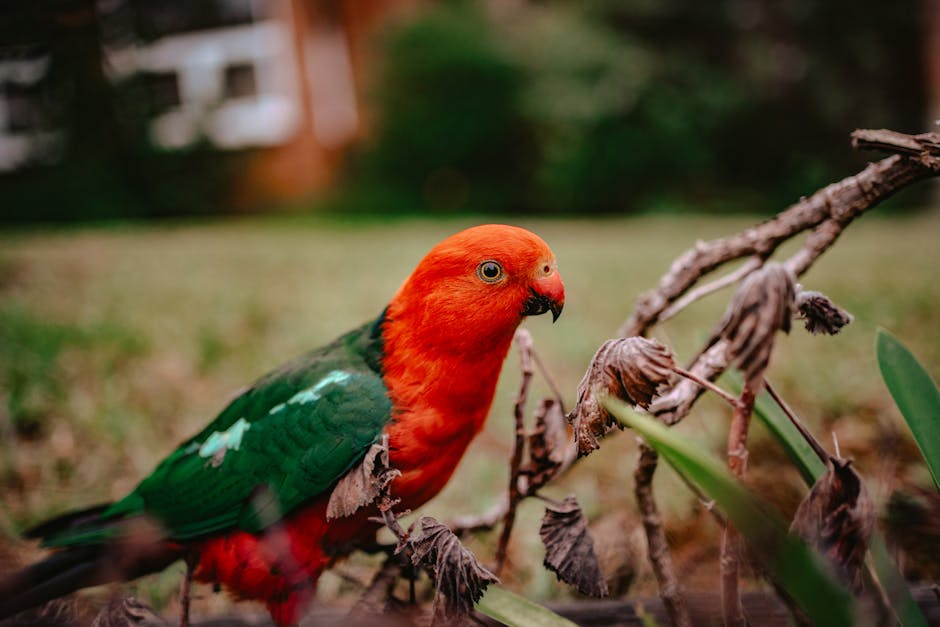
The Surprising Psychological Impact of Color on Mood
Have you ever noticed how certain colors can make you feel energized, while others have a calming effect? The psychology of color reveals that different hues can have a significant impact on our mood and emotions.
Color psychology, a fascinating field of study, explores how color can influence human behavior and mental processes. By understanding the psychological impact of color, we can harness its power to create environments that positively affect our well-being.
Red, for example, is often associated with passion, love, and energy. It has been found to increase heart rate and stimulate the senses. Yellow, on the other hand, can evoke feelings of happiness, optimism, and creativity. Blue is known for its calming and soothing effects, making it a popular choice for bedrooms and relaxation areas.
When it comes to color selection in our everyday lives, we often rely on personal preferences. However, there is a great deal more to color psychology than meets the eye. Businesses, marketers, and interior designers, for instance, use color strategically to influence consumer behavior and create specific atmospheres.
Understanding the psychological impact of color can help you make informed choices when it comes to your home decor, wardrobe, or even branding. If you want to create a productive work environment, for instance, you might incorporate shades of green, which are associated with harmony, balance, and freshness.
So, the next time you're deciding on a paint color or choosing an outfit, take a moment to consider the psychological impact it may have on your mood. Experiment with different hues and see how they make you feel. By paying attention to the power of color, you can create surroundings that uplift your spirits and positively influence your emotions.
